Un film qui donne à voir des images uniques et encore jamais vues à l’écran des peintures et gravures de deux des quatre sites d’art rupestres de Tchitundu-Hulu : Tchitundu-Hulo Mulume – situé au somment du inselberg, d’une hauteur de 726m – ou homme, et Tchitundo-Hulu Mucai ou femme, situé sur la plaine à environ 1000 m du inselberg.
Loin de tout et à plusieurs jours de route de la capitale, le complexe est situé à Capolopopo, dans le désert de Moçâmèdes, la partie la plus éloignée du nord du désert de Namib, dans le sud-ouest de l’Angola. Les deux sites sont environ à un kilomètre l’un de l’autre. Le premier, situé sur un inselberg, présente de nombreuses gravures rupestres, avec un abri avec des dessins sur le toit. Le second est composé d’un abri plus petit avec deux cavités.
Les deux sites présentent un grand nombre de motifs en forme d’étoile, des conceptions abstraites, et un plus petit nombre de dessins d’animaux représentant des éléments essentiels du système de pensée et de croyance de l’époque des peuples Ovatwa. Les peintures et gravures ont été datées à 2 600 ans, l’âge de pierre tardif. Elles se superposent, une couche sur l’autre, indiquant une présence humaine permanente et une tradition d’art rupestre sur le site.
Le site est situé près du parc national d’Iona qui court jusqu’à la rivière Kunene faisant frontière entre la Namibie et l’Angola. Aujourd’hui, la région est habitée par des éleveurs de bovins, les Ovakuvale et les Ovahimba, et d’autres communautés de langue Otjiherero.
Le film présente également des images de cette magnifique région, totalement inconnue après des décennies de guerre civile en Angola, ainsi que des séquences de visite des sites avec le grand chef Masseca, la vie de tous les jours des communautés Ovakuvale et Ovahimba qui habitent aujourd’hui cette région éloignée et isolée.
L’Art rupestre d’Afrique
COLLOQUE INTERNATIONAL 15-16-17 JANVIER 2014, Musée du quai Branly
Le site de Tchitundo-Hulo, candidat au patrimoine mondial de l’Unesco
Résumé : Tchitundu-hulo est l’un des plus importants sites archéologiques en art rupestre du sud-ouest d’Angola. Il a fait l’objet de plusieurs études et publications. Il s’agit d’un ensemble compose par deux cavités : Tchitundu-hulu Mulume et Tchitundu-hulu Mucai avec de peintures et de nombreuses gravures à l’air libre. Les deux cavités avec peintures comptent un peu plus de 270 figures peint es et les gravures à l’air libre sont très nombreuses. Les couleurs utilisées pour les peintures sont le blanc, le rouge, le gris et le noir. Les gravures ont beaucoup souffert à cause de leur situation topographique mais aussi à cause des actions anthropiques, toutefois, elles sont encore en quantité significative. La qualité et le nombre important de peintures et de gravures rupestres ont conduit le Ministère de la Culture de l’Angola à proposer la classification de sites de Tchitundo hulo. En effet, l’une des premières conventions que l’Angola a ratifiées est la Convention du Patrimoine Mon dial de 1972 de l’UNESCO. Elle permet à l’Angola de jouir de leurs droits en tant qu’État Partie de la Convention, et de participer aux réunions internationales organisées par le Centre du Patrimoine Mondial et à bénéficier de l’assistan ce internationale pour élaboration de la Liste Indicative et de la Préparation de Dossiers de Candidature au Patrimoine Mondial. Depuis les années 2000, dans le cadre de la stratég ie globale de l’UNESCO qui consiste à équilibrer la représentation des sites dans la Liste du Patrimoine Mondial, les États Parties de la Convention sont invités à proposer des biens qui reflètent l’identité des peuples ou des communautés locales. C’est dans cette perspective que le Ministère de la Culture à travers l’Institut National du Patrimoine Culture l’a proposé trois sites pour être inscrits dans la Liste Indicative et ultérieurement dans la Liste du Patrimoine Mondial de l’UNESCO. L’un des sites présenté, est l’ensemble archéologique de Tchitundu-Hulu.
Mots-clés : Angola, Tchitundu-hulo, Art Rupestre, peintures, gravures, Patrimoine mondial.
Angola Date of Submission: 09/05/2017 Criteria: (iii)(v) Category: Cultural Submitted by: Ministère de la Culture State, Province or Region: Province do Namibe, Municipalité de Virei Ref.: 6251
The Tchitundu-hulu station comprises 4 sites: Tchitundu-hulu Mulume (engravings exposed along the rocky surface, as well as a shelter with paintings at the top of the hill), Tchitundu-hulu Mucai (paintings inside the shelter and engravings at the top of the hill), Pedra da Zebra and Pedra da Lagoa (both with engravings).
The difficulties imposed by the harshness of the desert climate, namely the scarcity of water in a large part of the territory and the (temporary) existence of this resource, as well as the rich fauna and flora in the region, were probably some of the reasons that attracted various human groups to the site, who would have interacted culturally for centuries or even millennia. But this possibility could only be proven through rigorous archaeological studies using, among other things, pollen studies.
On the other hand, the geomorphology of the region, characterized by the existence of various rock formations and rock shelters, was probably another factor that contributed to engravers and painters leaving their mark on the landscape.
Over the course of several centuries, this territory was probably the scene of various political, social and cultural events, resulting from the mobility of the human groups that flocked there.
Tchitundu-Hulu comprises four rock art sites: Tchitundu-Hulu Mulume, Tchitundu-Hulu Mucai, Pedra das Zebras and Pedra da Lagoa. The first two combine paintings and engravings, while the latter only have engravings. Pedra das Zebras and Pedra da Lagoa are Portuguese names which can be translated as the Rock of the Zebras and the Rock of the Pond, but the name of Tchitundu-Hulu has different interpretations in the local languages –the hill of heaven, the hill of the souls or the sacred hill- while Mulume and Mucai are translated as man and woman, respectively. Therefore, the local names of the site point to a deep meaning within the communities that inhabited the region.
Tchitundu-Hulu comprises four rock art sites: Tchitundu-Hulu Mulume, Tchitundu-Hulu Mucai, Pedra das Zebras and Pedra da Lagoa. The first two combine paintings and engravings, while the latter only have engravings. Pedra das Zebras and Pedra da Lagoa are Portuguese names which can be translated as the Rock of the Zebras and the Rock of the Pond, but the name of Tchitundu-Hulu has different interpretations in the local languages –the hill of heaven, the hill of the souls or the sacred hill- while Mulume and Mucai are translated as man and woman, respectively. Therefore, the local names of the site point to a deep meaning within the communities that inhabited the region.
Of the four sites, Tchitundu-Hulu Mulume stands out as the largest, perched atop an inselberg that rises 726 meters above the surrounding landscape. Its slopes are covered with large rock engravings, most of which feature circular motifs—ranging from simple or concentric circles to images reminiscent of the sun. There are also occasional depictions of human and animal figures. At the summit, a shelter contains more than 180 painted images, rendered in red or white. These paintings are dominated by geometric shapes and are notable for their abundance and the way they overlap, covering the walls, roof, and base of the shelter.
In comparison, Tchitundu-Hulu Mucai is located on the plain about a kilometer from the inselberg. Here, a rock outcrop bears engravings on its top and, at its base, a shelter adorned with painted rock art. The artistic characteristics—both engravings and paintings—are similar to those found at Tchitundu-Hulu Mulume, but Tchitundu-Hulu Mucai also features some figures painted in black. The paintings at this site often combine two, three, or more colors, and while geometric signs predominate, there are also anthropomorphic and zoomorphic figures, sometimes arranged in what appear to be hunting scenes.
The other two sites, known as the Rock of the Zebras and the Rock of the Pond, are primarily composed of engravings similar to those at Tchitundu-Hulu Mulume. In some cases, differences in the patina of the engravings suggest that they were created during different periods.
Determining the chronology of the Tchitundu-Hulu rock art is challenging, and it remains unclear whether all four sites were created in the same era. Some theories, based on lithic tools scattered throughout the area, propose that the paintings could be tens of thousands of years old. Radiocarbon dating from excavations at Tchitundu-Hulu Mulume has yielded dates from the early first millennium BC, although the direct connection between these archaeological remains and the paintings has not been established; materials from more recent periods have also been found. Additionally, a pigment sample from the site has been dated to the beginning of the first centuries of the first millennium AD. Regardless of the precise dates, Tchitundu-Hulu is recognized as containing some of the oldest examples of rock art in Angola and is associated with schematic traditions that characterize the rock art of Central Africa, which is especially prevalent in central Mozambique and Malawi.
The question of who created the engravings and paintings at Tchitundu-Hulu remains unresolved and adds another layer of complexity to their interpretation. The harsh, semi-desert conditions likely meant that the area was only seasonally inhabited, probably during the rainy season. Its location on the edge of the desert may have made it a strategic site for local communities. While several groups, including the Kwisi and Kuvale, have traditionally lived in the region, the identity of the artists, their motives, and the cultural context of these intricate images remain obscure. The purpose behind the creation of this remarkable rock art complex continues to be a subject of speculation and ongoing research.
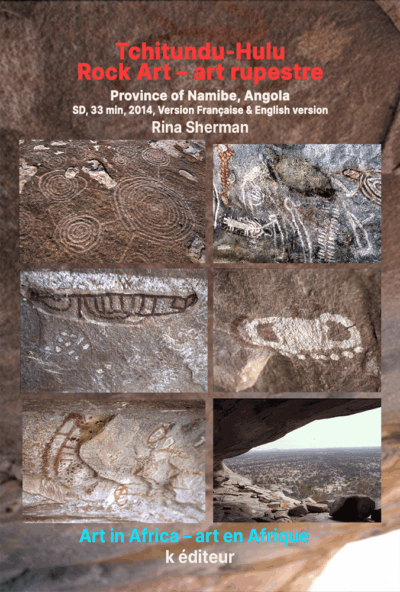
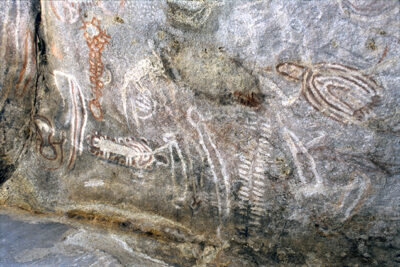
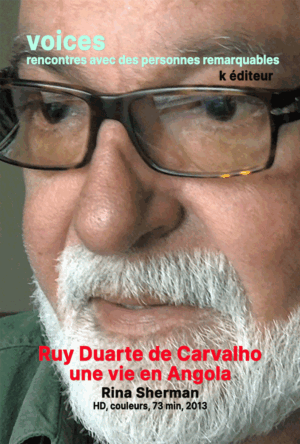
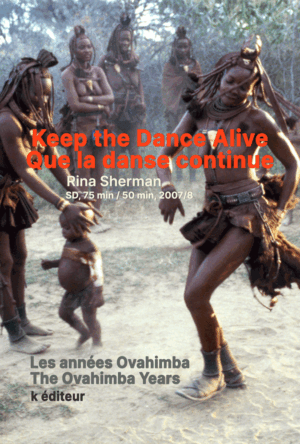


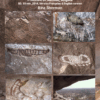
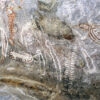
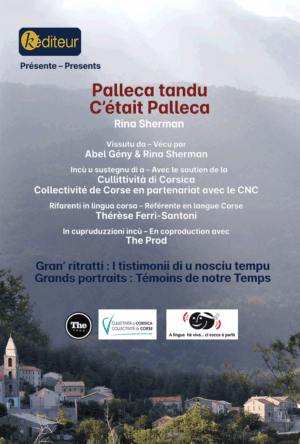
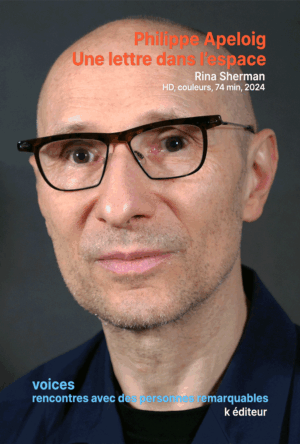
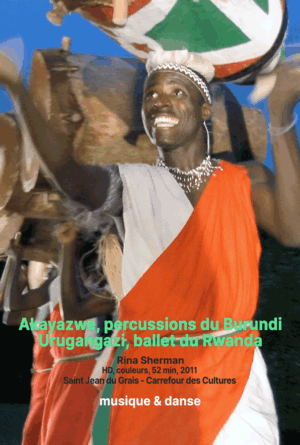

Avis
Il n’y a pas encore d’avis.